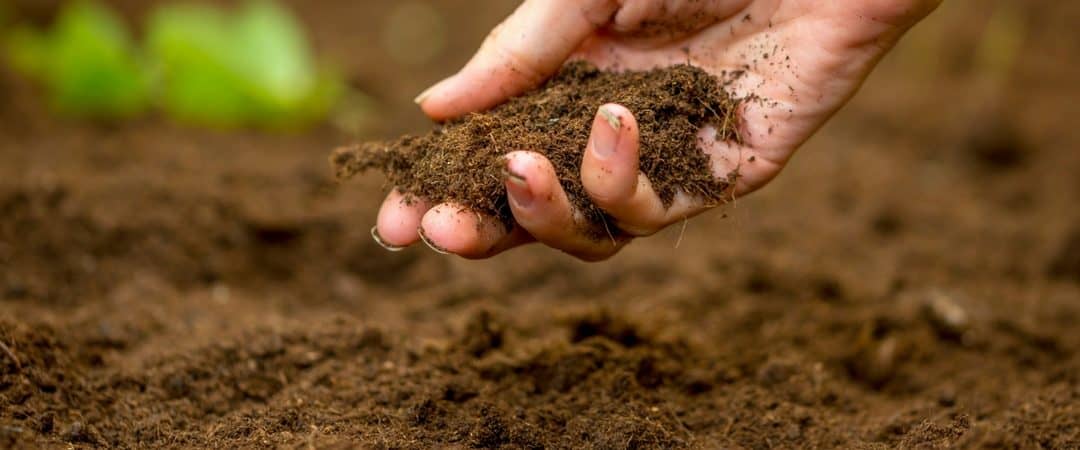With the rain, warmth, and growth of spring, it is the perfect time to bring new plants into your landscape. Plant installation is a lot more complicated than just digging a hole and dropping the plant in, though. If you want your plants to thrive, you need to take the time to properly prepare your yard. Here are a few essential plant installation prep tips.
Get Your Landscape Ready for Spring Plant Installation
Clean Out the Planting Site
Time to clear out the old and dead to make room for the new. Once you select your planting site, work with your rake and your hands to thoroughly clean out twigs, leaves, and other waste. We offer premier lot clearing in Raleigh, NC.
Check Soil Texture
Loosening and aerating soil can create a better environment for transplanted plants, but don’t rush things. Working the earth when it is too wet or cold can cause it to compact. This makes installing the plant much more difficult.
But how do you know when your soil is ready? Grab a handful of the soil and squeeze it in your hands. If it falls apart easily after being compacted, you are good to go. If it holds in a ball shape or breaks apart into larger chunks, give it a bit more time.
Check Soil pH
Your soil’s pH level will also play a role in the success if your plants. pH is the measure of ground’s alkalinity or acidity. Testing soil pH is a lot easier than you may expect. All you need is a kit from your local gardening or hardware store.
There is no single pH level to shoot for, as different plants have different pH needs. You can introduce additives to your soil to adjust for the plants you plan to install. Limestone can boost acidity, and wood ash can increase alkalinity.
Work and Amend the Soil
Before you plant, make sure you ready the soil. This includes breaking it up and introducing new organic matter to improve the soil quality. Spading forks, rototillers, and pickaxes work well here. Try to go about 6 to 8 inches deep, giving the roots room to spread.
You can also choose from a variety of organic matter sources. Doing this brings new nutrients into the soil. Popular choices include compost, manure, and grass clippings. Try to aim for a 50/50 mixture of soil and organic matter.
Weed Prevention
Working your soil will also awaken dormant weed seeds. Weeds look bad, but even worse, they also compete with your new plants for soil and nutrients. Save yourself hours of future work by laying down a treatment of pre-emergent weed herbicide.
Make Plant Installation and Landscape Design Easier
You can take the stress out of installing new plants by letting the professionals help. Redwood Land Design is a team of horticultural and landscape design experts in Raleigh, North Carolina. Reach out to us to get started on your new lawn.

